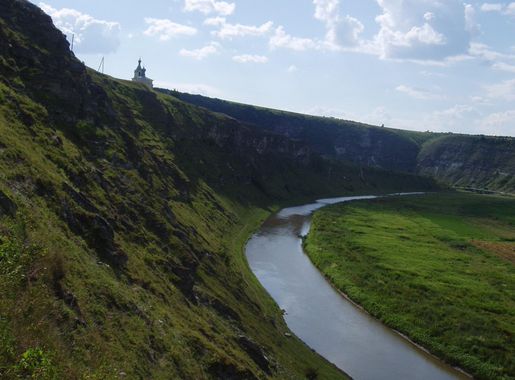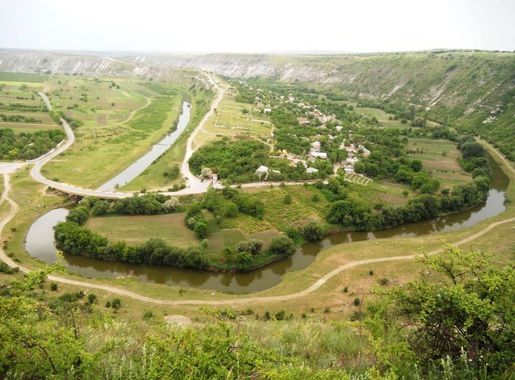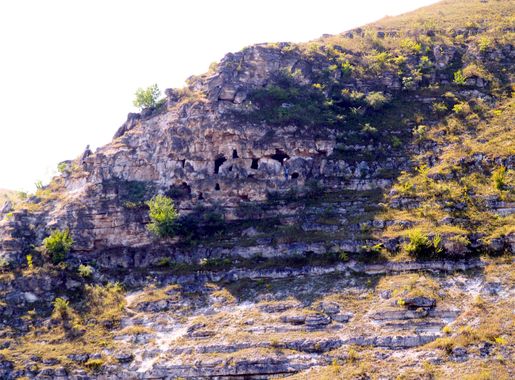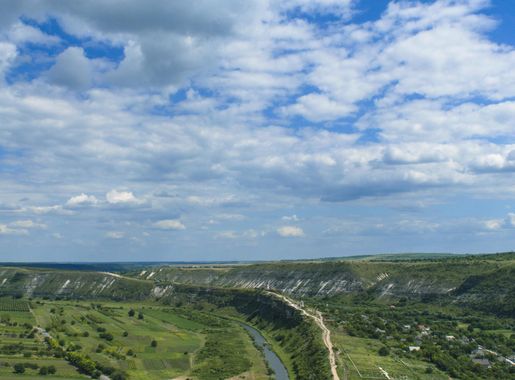
Orheiul Vechi Natural Cultural Reserve: Moldova's Hidden Gem
Discover the ancient cave monasteries, stunning landscapes, and rich history of Orheiul Vechi Natural Cultural Reserve in Moldova.
Orheiul Vechi Natural Cultural Reserve is a captivating blend of natural beauty and historical significance. Nestled in the rolling hills of Moldova, this reserve offers a unique glimpse into the country's rich past and stunning landscapes. The reserve is home to ancient cave monasteries, some dating back to the 13th century, that have been carved into limestone cliffs. These caves provide a fascinating look at the lives of monks who once lived and worshipped there. Visitors can explore the sprawling complex of archaeological sites, including remnants of ancient fortresses and settlements. The picturesque setting along the Răut River adds to the charm, making it a perfect spot for nature lovers and history enthusiasts alike. The scenic hiking trails provide breathtaking views of the surrounding countryside, making it a great place for outdoor activities. Orheiul Vechi is not only a place to learn about Moldova's history but also to experience its culture. The nearby villages offer a chance to interact with locals and sample traditional Moldovan cuisine. Whether you're interested in archaeology, nature, or simply looking for a peaceful escape, Orheiul Vechi Natural Cultural Reserve has something to offer everyone.
Local tips in Orheiul Vechi Natural Cultural Reserve
- Wear comfortable shoes for hiking and exploring the archaeological sites.
- Bring a camera to capture the stunning views and historical landmarks.
- Visit the nearby villages to experience local cuisine and culture.
- Check the weather forecast and dress accordingly, as the area can be windy.
- Hire a local guide for a more in-depth understanding of the site's history.
Orheiul Vechi Natural Cultural Reserve: Moldova's Hidden Gem
Orheiul Vechi Natural Cultural Reserve is a captivating blend of natural beauty and historical significance. Nestled in the rolling hills of Moldova, this reserve offers a unique glimpse into the country's rich past and stunning landscapes. The reserve is home to ancient cave monasteries, some dating back to the 13th century, that have been carved into limestone cliffs. These caves provide a fascinating look at the lives of monks who once lived and worshipped there. Visitors can explore the sprawling complex of archaeological sites, including remnants of ancient fortresses and settlements. The picturesque setting along the Răut River adds to the charm, making it a perfect spot for nature lovers and history enthusiasts alike. The scenic hiking trails provide breathtaking views of the surrounding countryside, making it a great place for outdoor activities. Orheiul Vechi is not only a place to learn about Moldova's history but also to experience its culture. The nearby villages offer a chance to interact with locals and sample traditional Moldovan cuisine. Whether you're interested in archaeology, nature, or simply looking for a peaceful escape, Orheiul Vechi Natural Cultural Reserve has something to offer everyone.
When is the best time to go to Orheiul Vechi Natural Cultural Reserve?
Iconic landmarks you can’t miss
Orheiul Vechi Cultural and Natural Reserve
Explore the breathtaking Orheiul Vechi Cultural and Natural Reserve in Moldova, where stunning landscapes meet rich archaeological history.
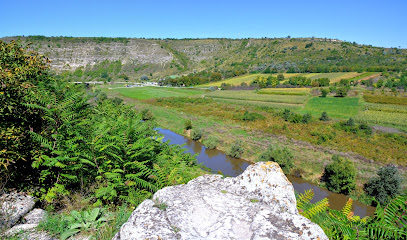
Cave Monastery
Discover the mystical Cave Monastery in Butuceni, Moldova, a serene spiritual retreat surrounded by breathtaking natural landscapes.
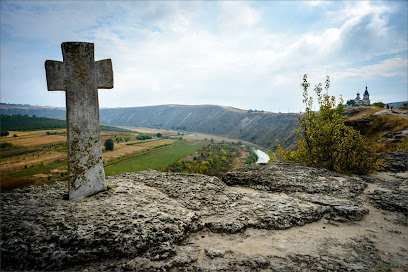
Old Orhei
Experience the enchanting allure of Old Orhei, Moldova's archaeological treasure, where history and nature intertwine beautifully.
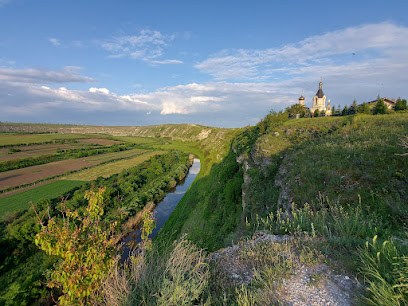
Viewpoint towards Old Orhei
Discover the stunning vistas of Old Orhei at this remarkable viewpoint, where history and nature merge in Moldova's breathtaking landscapes.
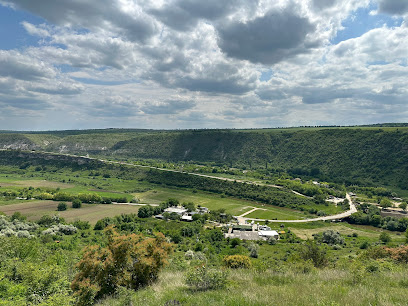
Butuceni Ethnography Museum
Explore the heart of Moldovan culture at Butuceni Ethnography Museum, where heritage and history come alive amidst stunning landscapes.
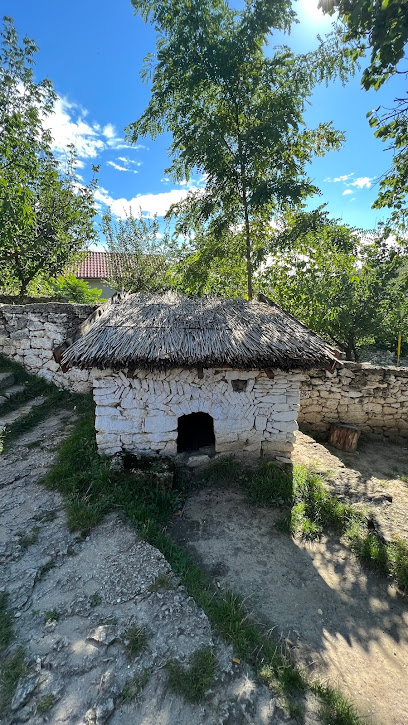
Traditional Peasant House
Discover Moldova's rich heritage at the Traditional Peasant House, an immersive museum showcasing rural life and traditional crafts.
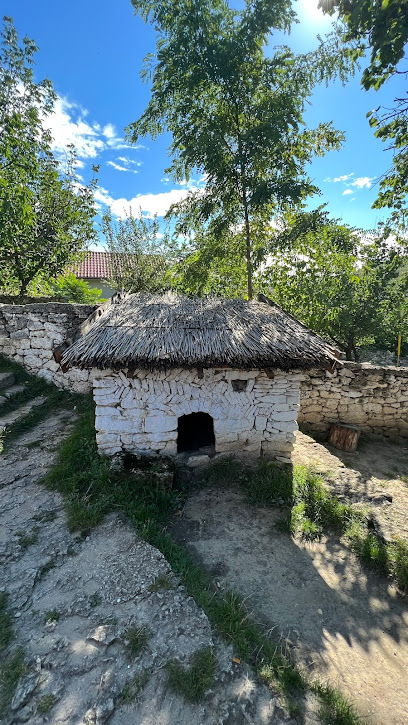
Orheiul Vechi, Trebujeni
Explore Orheiul Vechi, a stunning hiking area in Trebujeni, Moldova, where natural beauty meets rich cultural heritage.
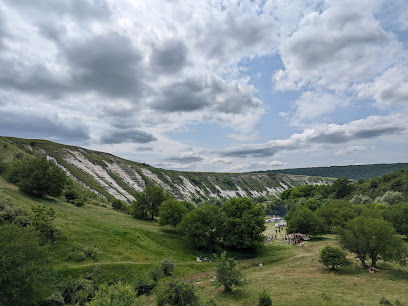
Old Orhei Fort
Discover the captivating history and breathtaking views at Old Orhei Fort, a must-visit destination in Moldova's stunning countryside.
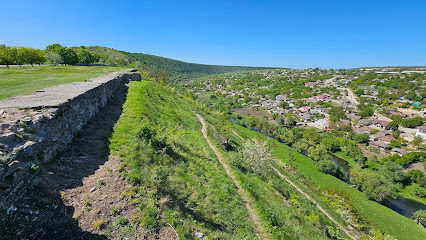
Unmissable attractions to see
Orheiul Vechi, Trebujeni
Explore the breathtaking landscapes and rich history of Orheiul Vechi, a premier hiking destination in Moldova that captivates every traveler.
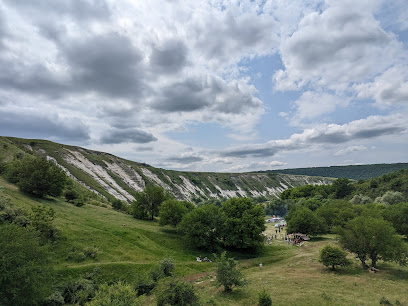
Old Orhei Fort
Discover the ancient beauty and historical significance of Old Orhei Fort, a captivating fortress in the heart of Moldova's stunning landscape.
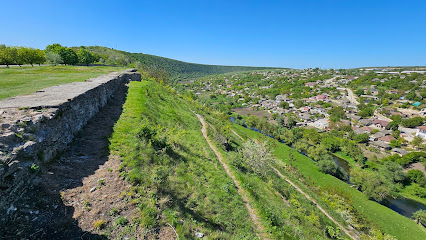
Essential places to dine
Pegas Terrace & Restaurant
Experience exquisite European dining at Pegas Terrace & Restaurant in Chișinău, where culinary delights meet breathtaking views.
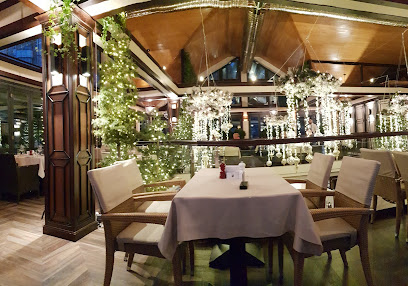
Orheiul Vechi Cultural and Natural Reserve
Explore Orheiul Vechi: A stunning blend of nature's beauty and Moldova's rich archaeological heritage awaits you.
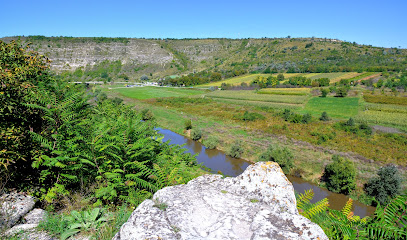
Saperavi
Experience authentic Georgian cuisine at Saperavi in Chișinău – where tradition meets flavor in every bite.
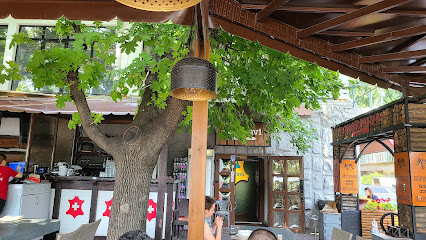
Epoca de Piatră
Discover the heart of Moldovan cuisine at Epoca de Piatră - where tradition meets taste in every dish.
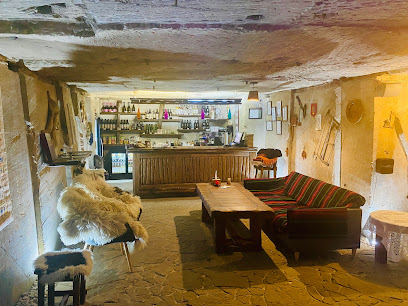
Taifas
Experience the essence of Romanian cuisine at Taifas - where tradition meets flavor in Chișinău.
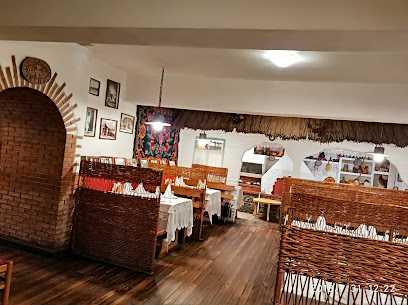
Villa Etnica
Discover authentic Moldovan flavors at Villa Etnica in Butuceni – where tradition meets culinary excellence amidst breathtaking landscapes.
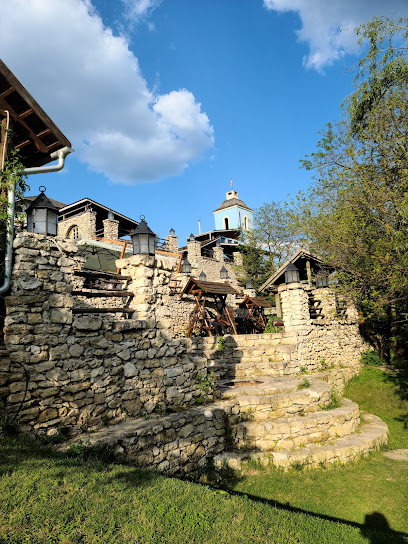
Popasul Dacilor
Experience authentic Romanian cuisine at Popasul Dacilor in Chișinău, where tradition meets flavor in every dish.
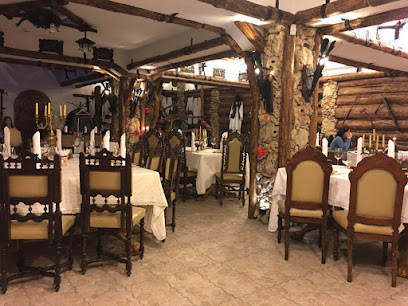
Eco-Resort Butuceni
Experience tranquility at Eco-Resort Butuceni - where nature meets Moldovan hospitality amidst stunning landscapes.

Osho Bar & Kitchen
Experience modern European cuisine at Osho Bar & Kitchen in Chișinău – where culinary innovation meets local charm.
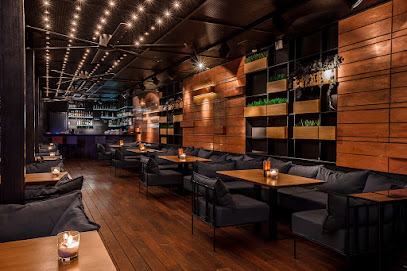
Doi Haiduci
Discover Doi Haiduci: A family-friendly restaurant and hotel offering authentic Romanian cuisine and relaxation in beautiful Ivancea village.
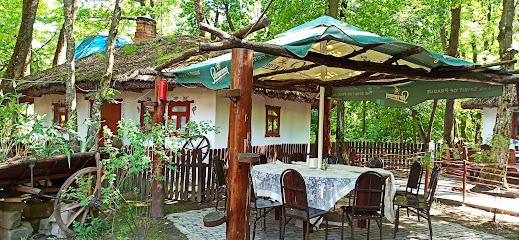
Dolce Vita
Experience authentic Italian pizza at Dolce Vita in Orhei, Moldova – where every slice tells a story.
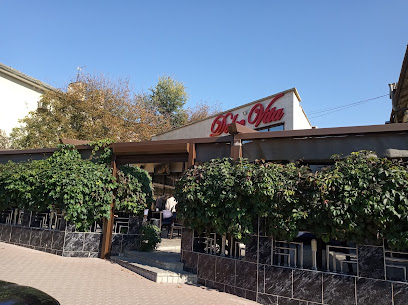
Acropolis
Experience authentic Moldovan cuisine at Acropolis in Orhei – where local ingredients meet exceptional dining.
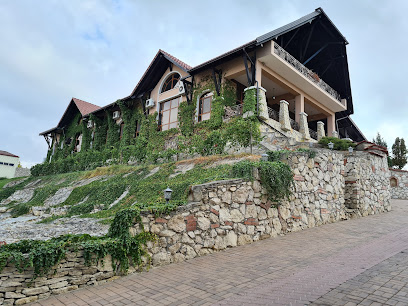
Chateau Vartely
Discover Chateau Vartely: A premier winery in Moldova offering exquisite wines, fine dining experiences, and luxurious accommodations amidst stunning landscapes.
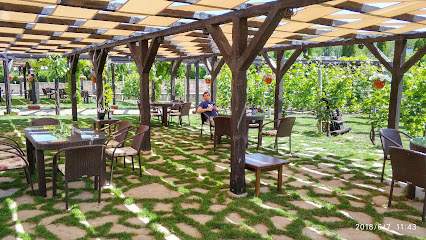
Safari
Experience authentic Moldovan flavors at Safari restaurant in Orhei - where every meal is a celebration of culinary art.
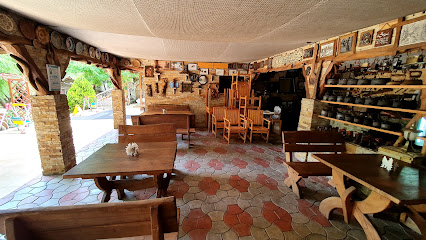
Cave Monastery
Explore the serene beauty and rich history of Butuceni's Cave Monastery—Moldova's hidden gem nestled in nature's embrace.

Markets, malls and hidden boutiques
OrheiLand
Discover the thrill of OrheiLand, Moldova's premier amusement park, offering diverse attractions for an unforgettable family adventure.
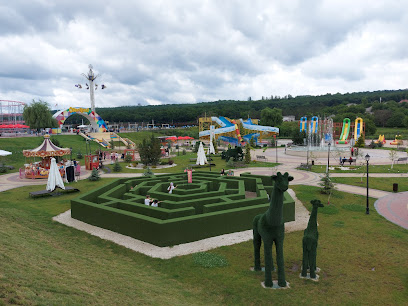
Curchi Monastery
Discover the tranquil beauty and rich history of Curchi Monastery, a serene sanctuary nestled in the picturesque landscapes of Moldova.
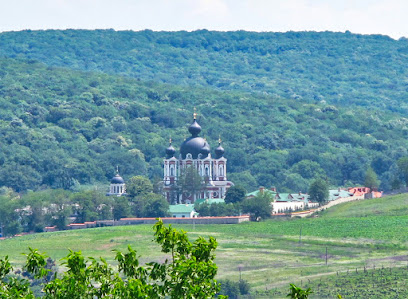
Orheiul Vechi Cultural and Natural Reserve
Explore the breathtaking Orheiul Vechi Cultural and Natural Reserve, where stunning landscapes meet rich archaeological history in Moldova.
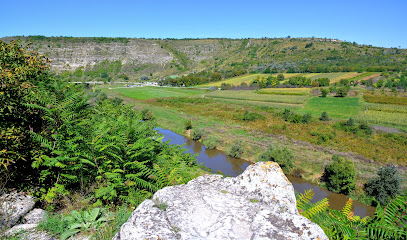
Eco-Resort Butuceni
Discover the beauty of Moldova at Eco-Resort Butuceni, where nature meets comfort and tradition in a stunning landscape.
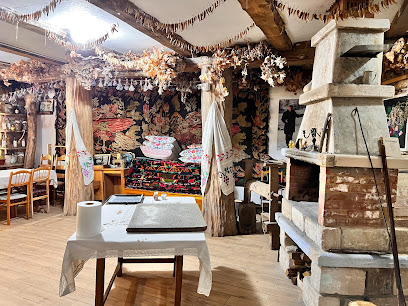
Cave Monastery
Explore the Cave Monastery in Butuceni, Moldova – a spiritual haven with breathtaking landscapes and rich history, perfect for an unforgettable travel experience.
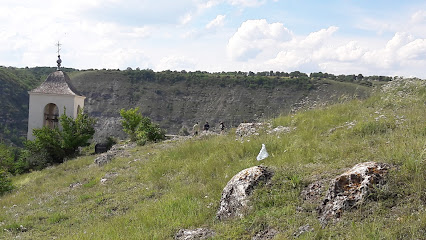
Eco Vila
Experience the tranquility of Eco Vila in Old Orhei, Moldova - a guest house surrounded by breathtaking landscapes and rich cultural heritage.
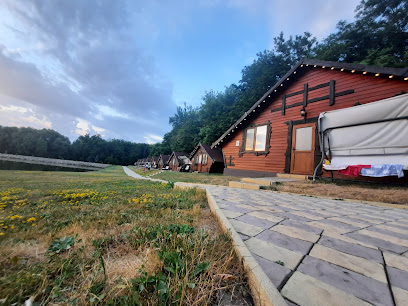
Kaufland
Explore the flavors of Moldova at Kaufland, your go-to supermarket in Orhei for local products and essentials.

Casa din Lunca Pension
Discover the charm of Trebujeni at Casa din Lunca Pension, a cozy bed and breakfast offering traditional Moldovan hospitality and stunning natural surroundings.
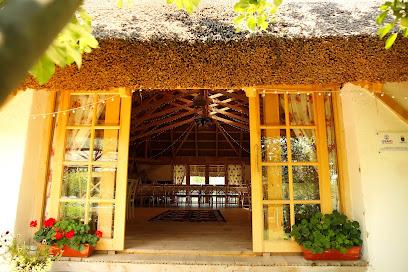
Resedinta Rotundu
Experience authentic Moldovan hospitality at Resedinta Rotundu, a serene bed & breakfast surrounded by nature's beauty.
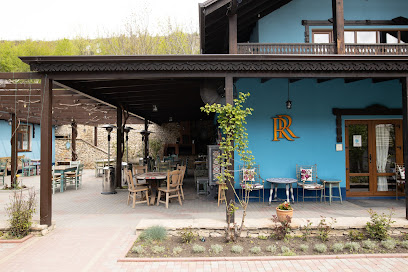
Vila Roz
Experience authentic Moldovan hospitality at Vila Roz, a charming guest house in the scenic Orhei District, perfect for nature lovers and cultural explorers.
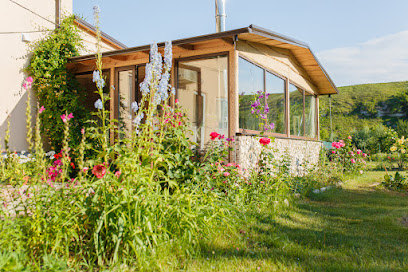
Old Orhei
Explore Old Orhei, a stunning archaeological gem in Moldova, where history meets breathtaking landscapes and rich cultural heritage.
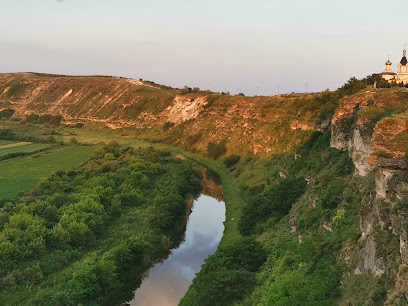
Valea Stancii
Experience the serene beauty of Valea Stancii, a perfect blend of nature, hospitality, and exquisite dining in the heart of Moldova.
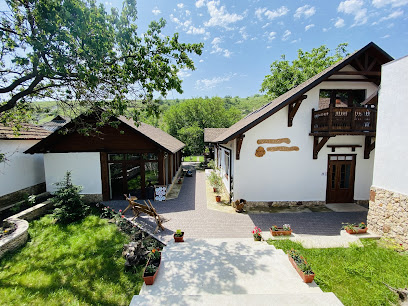
Casa de sub Stinca Pension
Experience the charm of Moldova at Casa de sub Stinca Pension in Trebujeni, where tradition meets comfort amidst breathtaking landscapes.
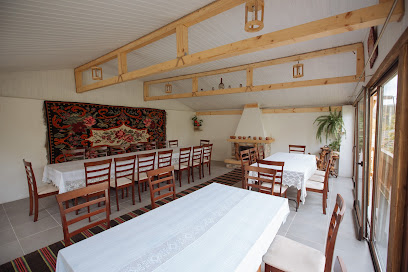
Agro Pensiunea Casa Verde
Experience a serene getaway at Agro Pensiunea Casa Verde in Trebujeni, Moldova, where nature meets comfort in a rustic setting.
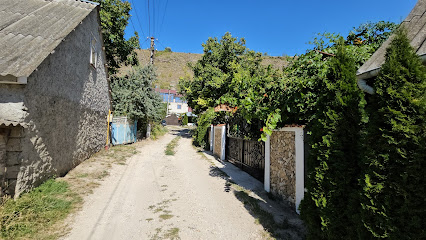
DescOperă
Experience the vibrant DescOperă Festival in Butuceni, Moldova, where art and nature intertwine in a celebration of local culture.
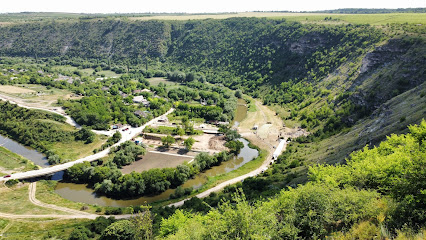
Essential bars & hidden hideouts
OrheiLand
Experience the magic of OrheiLand, Moldova's top amusement park, where adventure and fun await for the whole family!
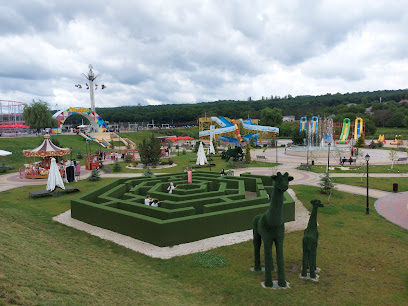
Eli-Pili
Discover the cozy charm of Eli-Pili, a must-visit cafe in Chișinău, offering delicious local cuisine and a welcoming atmosphere for all travelers.
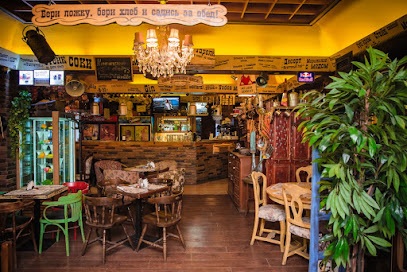
Orheiul Vechi Cultural and Natural Reserve
Explore the breathtaking Orheiul Vechi Cultural and Natural Reserve, where nature's beauty meets rich Moldovan history and culture.
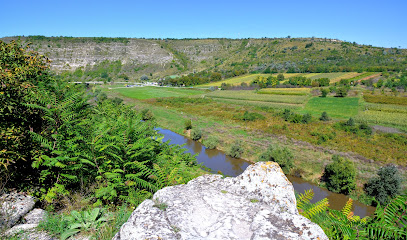
Saperavi
Discover the authentic taste of Georgia at Saperavi, a top-rated restaurant in Chișinău, offering a unique culinary experience with traditional dishes and wines.
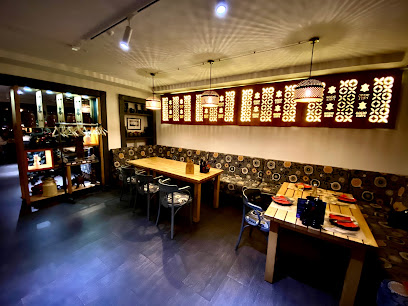
Epoca de Piatră
Experience the authentic flavors of Moldova at Epoca de Piatră, a culinary gem in Brăneşti, offering traditional dishes in a warm and inviting atmosphere.

Eco-Resort Butuceni
Experience the beauty of Moldova at Eco-Resort Butuceni, where nature meets culture in a serene setting.
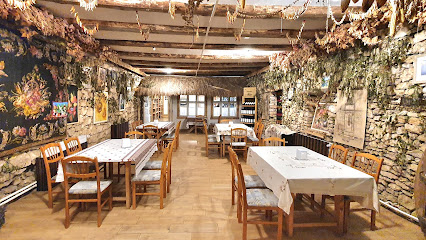
Osho Bar & Kitchen
Experience the best of modern European cuisine at Osho Bar & Kitchen in Chișinău, where exceptional flavors meet vibrant ambiance.
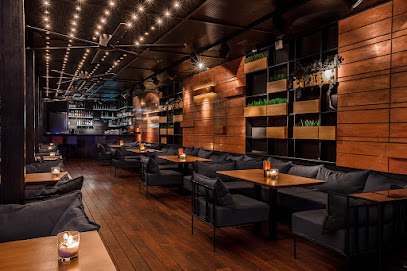
Doi Haiduci
Explore the charm of Doi Haiduci, a family-friendly hotel and restaurant in Ivancea, offering traditional Romanian cuisine and relaxing sauna facilities.
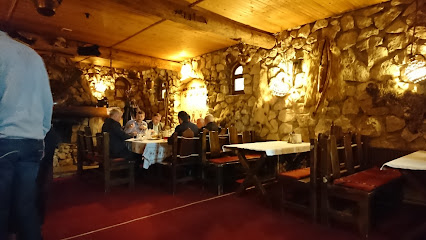
Chateau Vartely
Experience the exquisite wines and warm hospitality at Chateau Vartely, a premier winery in Orhei, Moldova, blending tradition with beauty.
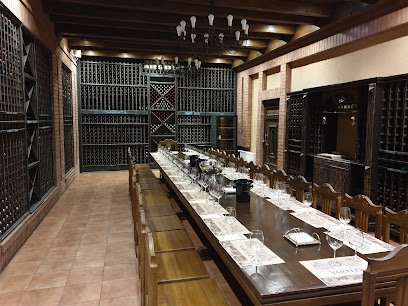
Beer House
Experience authentic European cuisine and a vast selection of beers at Beer House in Chișinău, Moldova, where every meal is a celebration.
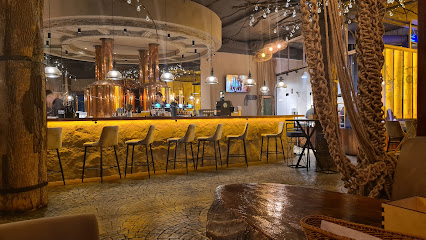
Cave Monastery
Explore the Cave Monastery in Butuceni, a stunning spiritual retreat carved into cliffs, showcasing Moldova’s rich heritage amidst breathtaking landscapes.
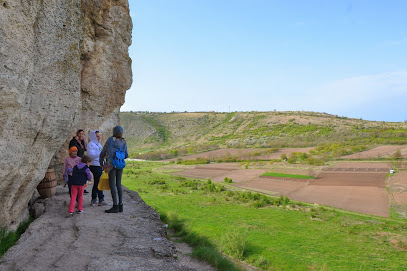
Myata Café & Bar
Discover Myata Café & Bar, a cozy retreat in Chișinău that offers a delightful menu and a warm atmosphere for all visitors.
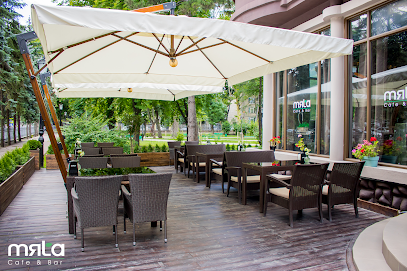
Complexul Turistic „Codru”
Discover the perfect blend of nature, gastronomy, and hospitality at Complexul Turistic „Codru”, a premier destination in Burcuta, Moldova.
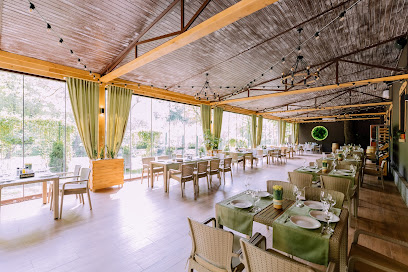
Marlène
Discover Marlène, Chișinău's vibrant cocktail bar, where innovative drinks and a chic atmosphere await for an unforgettable nightlife experience.
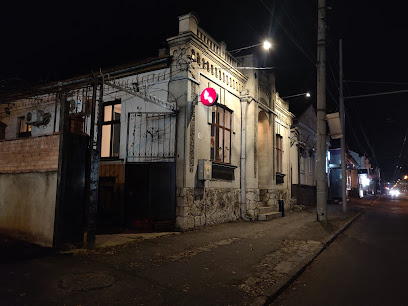
Casa din Lunca Pension
Discover the charm of Moldova at Casa din Lunca, where traditional hospitality meets delicious cuisine in a stunning natural setting.
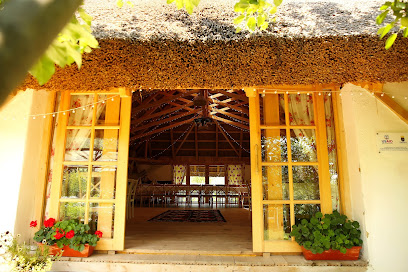
Local Phrases about Orheiul Vechi Natural Cultural Reserve
-
- HelloBună ziua
[boo-nuh zee-wah] - GoodbyeLa revedere
[lah reh-veh-deh-reh] - YesDa
[dah] - NoNu
[noo] - Please/You're welcomeTe rog
[teh rohg] - Thank youMulțumesc
[mool-tsoo-mesk] - Excuse me/SorryScuzați-mă
[skoo-zah-tsi muh] - How are you?Ce faci?
[cheh fahch?] - Fine. And you?Bine. Și tu?
[bee-neh. shee too?] - Do you speak English?Vorbiți engleză?
[vor-beetz eng-leh-zah?] - I don't understandNu înțeleg
[noo in-tseh-leg]
- HelloBună ziua
-
- I'd like to see the menu, pleaseAș dori să văd meniul, vă rog
[ush doh-ree suh vehd meh-nyool, vuh rohg] - I don't eat meatNu mănânc carne
[noo muh-nuhnk kahr-neh] - Cheers!Noroc!
[noh-rohk] - I would like to pay, pleaseAș dori să plătesc, vă rog
[ush doh-ree suh pluh-tesk, vuh rohg]
- I'd like to see the menu, pleaseAș dori să văd meniul, vă rog
-
- Help!Ajutor!
[ah-zhoo-tohr] - Go away!Du-te!
[doo-teh] - Call the Police!Sunați Poliția!
[soo-nahts poh-leet-syah] - Call a doctor!Sunați un doctor!
[soo-nahts oon dohk-tohr] - I'm lostM-am pierdut
[mahm pyehr-dooht] - I'm illSunt bolnav
[soont bohl-nahv]
- Help!Ajutor!
-
- I'd like to buy...Aș dori să cumpăr...
[ush doh-ree suh koom-puhr] - I'm just lookingDoar mă uit
[doh-ahr muh ooit] - How much is it?Cât costă?
[kaht kohs-tuh?] - That's too expensiveEste prea scump
[ehs-teh preh-ah skoomp] - Can you lower the price?Puteți să scădeți prețul?
[poo-tehts suh skuh-dehts prehts-ool]
- I'd like to buy...Aș dori să cumpăr...
-
- What time is it?Cât este ceasul?
[kaht ye-steh chyah-sool] - It's one o'clockEste ora unu
[ehs-teh oh-rah oo-noo] - Half past (10)Jumătate (zece)
[zhoo-muh-ta-teh (zeh-cheh)] - MorningDimineața
[dee-mee-nyah-tsa] - AfternoonDupă-amiaza
[doo-puh ah-mee-ah-zah] - EveningSeara
[seh-ah-rah] - YesterdayIeri
[yehr] - TodayAstăzi
[ahs-tuhz] - TomorrowMâine
[muh-ee-neh] - 1Unu
[oo-noo] - 2Doi
[doy] - 3Trei
[treh-ee] - 4Patru
[paht-roo] - 5Cinci
[cheenk] - 6Șase
[shah-seh] - 7Șapte
[shahp-teh] - 8Opt
[ohpt] - 9Nouă
[noo-wuh] - 10Zece
[zeh-cheh]
- What time is it?Cât este ceasul?
-
- Where's a/the...?Unde este unul/o...
[oon-deh ye-steh oo-noo/oh...] - What's the address?Care este adresa?
[kah-reh ye-steh ah-dreh-sah?] - Can you show me (on the map)?Puteți să-mi arătați (pe hartă)?
[poo-tehts suh-mee ah-rah-tsahts (peh hahr-tuh)?] - When's the next (bus)?Când este următorul (autobuz)?
[kahnd ye-steh oor-muh-toh-rool (ow-toh-booz)?] - A ticket (to ....)Un bilet (spre ....)
[oon bee-let (spreh ....)]
- Where's a/the...?Unde este unul/o...
History of Orheiul Vechi Natural Cultural Reserve
-
Orheiul Vechi is home to some of the earliest known Dacian settlements, dating back to the 6th century BC. The Dacians, known for their advanced fortifications and pottery, left behind remnants of their civilization in the form of ruins and artifacts that have been uncovered by archaeologists. These ancient settlements provide a fascinating glimpse into the lives of the people who inhabited the region long before the Roman conquest.
-
In the 14th century, the Golden Horde established a fortified city at Orheiul Vechi. This fortress, known as Shehr al-Jedid, served as a strategic military and trade outpost. The remnants of its walls and towers are still visible today. Later, in the 15th century, the Moldavian voivode Stephen the Great rebuilt the fortress and added a monastery, which became an important spiritual and cultural center. Visitors can explore the ruins of the medieval fortress and the cave monastery, which is still in use by monks today.
-
Throughout the 16th and 17th centuries, Orheiul Vechi was frequently invaded by Ottoman and Tatar forces. These invasions led to the destruction and rebuilding of the settlement multiple times. The defensive structures and fortifications were continuously reinforced to withstand these attacks. The layers of reconstruction visible in the ruins today tell the story of a region that was a battleground for empires.
-
The cave monasteries of Orheiul Vechi are a testament to the region's deep Christian heritage. Carved into the limestone cliffs, these monastic cells and chapels date back to the 13th century. They were used by monks seeking solitude and spiritual enlightenment. The cave churches, adorned with frescoes and religious icons, offer a unique insight into the religious practices and architectural ingenuity of the time. The most famous of these is the Assumption of Mary Church, which remains a place of pilgrimage.
-
During the Soviet era, Orheiul Vechi was largely neglected as the focus shifted to industrialization and modernization. However, in the late 20th century, efforts to preserve and restore the historical and cultural significance of the area gained momentum. The establishment of the Orheiul Vechi Natural Cultural Reserve in 1968 marked a turning point in the conservation of this unique site. Today, it is a protected area that attracts historians, archaeologists, and tourists from around the world.
-
Today, Orheiul Vechi is one of Moldova's most important cultural and historical sites. It has been recognized for its outstanding value and included in the tentative list for UNESCO World Heritage status. The reserve offers not only a journey through history but also stunning natural landscapes, with its dramatic cliffs, winding rivers, and lush vegetation. Modern efforts to promote tourism and education have made Orheiul Vechi a vital part of Moldova's cultural heritage and a must-visit destination for travelers.
Orheiul Vechi Natural Cultural Reserve Essentials
-
Orheiul Vechi Natural Cultural Reserve is located about 60 kilometers north of Chisinau, the capital of Moldova. The most convenient way to reach the reserve is by car, which takes around 1.5 hours. Alternatively, you can take a bus or minibus (marshrutka) from the central bus station in Chisinau. These minibuses frequently travel to the nearby town of Trebujeni, from where you can take a short taxi ride to the reserve.
-
Within Orheiul Vechi, most attractions are best explored on foot due to the compact layout of the reserve. For longer distances, local taxis are available and can be arranged through your accommodation. While public transport options within the reserve are limited, renting a bicycle is an excellent way to explore the area at a leisurely pace.
-
The official currency in Moldova is the Moldovan Leu (MDL). Credit cards are accepted in some accommodations and restaurants within the reserve, but it is advisable to carry cash, especially for smaller establishments and local vendors. ATMs are available in nearby towns like Trebujeni, but it is recommended to withdraw sufficient cash in Chisinau before your trip.
-
Orheiul Vechi is generally a safe destination for tourists. However, it is always wise to take standard travel precautions, such as avoiding walking alone at night in unfamiliar areas and keeping an eye on your belongings. There are no specific high-crime areas targeting tourists within the reserve, but staying vigilant and aware of your surroundings is always a good practice.
-
In case of emergency, dial 112 for immediate assistance. The nearest medical facilities are located in the nearby town of Orhei. It is recommended to have travel insurance that covers medical emergencies. Pharmacies are available in Trebujeni and Orhei, where you can purchase over-the-counter medications for minor health issues.
-
Fashion: Do dress comfortably and modestly, especially when visiting religious sites within the reserve. Avoid wearing overly revealing clothing. Religion: Do respect local customs and traditions. Cover your head when entering churches and monasteries. Public Transport: Do be respectful and give up your seat to elderly passengers. Don't eat or drink on public transport. Greetings: Do greet people with a handshake. A slight nod of the head is also a sign of respect. Eating & Drinking: Do try local delicacies and accept food offerings graciously. Don't refuse hospitality, as it is considered impolite.
-
To experience Orheiul Vechi like a local, visit the local markets where you can buy fresh produce and traditional Moldovan goods. Engage with locals, who are often friendly and willing to share stories about the area's history and culture. Don't miss visiting the Cave Monastery and the ruins of the Geto-Dacian fortress. For a unique experience, consider staying overnight in one of the traditional guesthouses in Trebujeni, where you can enjoy authentic Moldovan cuisine and hospitality.
Nearby Cities to Orheiul Vechi Natural Cultural Reserve
-
Things To Do in Chișinău
-
Things To Do in Tiraspol
-
Things To Do in Iasi
-
Things To Do in Suceava
-
Things To Do in Vinnytsia
-
Things To Do in Focsani
-
Things To Do in Chernivtsi
-
Things To Do in Khmelnytskyi
-
Things To Do in Kropyvnytskyi
-
Things To Do in Kherson
-
Things To Do in Brasov
-
Things To Do in Cherkasy
-
Things To Do in Kryvyi Rih
-
Things To Do in Sighisoara
-
Things To Do in Constanta

